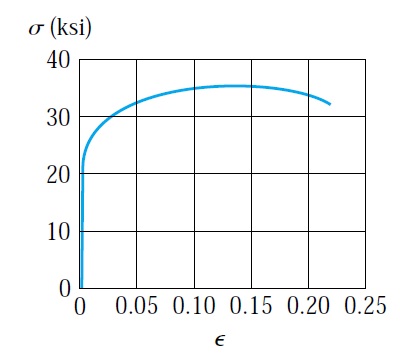Ground improvement and stabilization techniques-Ground freezing
Many techniques used to stabilize and improve the ground. Ground freezing can be used to strengthen and stabilize the ground for tunneling works. Ground freezing is expensive, and it is considered as a last resort. Ground freezing is an effective method, and it can be used effectively for different types of soil.
Figure 1
The principle of this method is to freeze the water inside ground pores using refrigerant to form a frost wall. Water content should be more than 5%, so it will freeze. If the water content is less than 5%, water can be added using a fire hose, a sprinkler system, a borehole or injection device for increasing the water content to the desired magnitude. For tunneling freezing, lances should be installed from tunnel to the direction of excavation. The lances should be placed in crown shape or spring line to produce a closed, frozen body. The space between lances should be limited. Usually, lances are spaced at 1 m. The freezing area should overlap to create an impermeable barrier. Cooling fluid is pumped through the freezing lances. Examples of cooling materials are brine (salt solution) with a temperature of –50 C to –20 C, or liquid nitrogen which evaporates at –196C.
Figure 2
Advantages of ground freezing:
- Ground freezing is noise-less and non-toxic.
- Freezing method is removable, unlike other methods such as soil grouting.
- It is an effective method, and it increases ground strength significantly.
- In tunnels where the freezing is conducted from within the tunnel. The water flow path is not entirely halted. It is extended only as shown in figure 2. for this case, ground freezing with pressurized tunneling can be used.
Limitations:
- ground freezing is a time-consuming method, and it required several weeks depends on ground conditions.
- A heat drain will be caused by the flow of water in the ground. The amount of allowable flow will depend on the used system, for example, for two-phase brine freezing used. The permissible flow rate is 2 m/day. The tolerable flow rate will increase to 20 m/liter for a direct process using liquid nitrogen.
- The boreholes drilling should be accurate to ensure the overlapping between freezing areas.
There are two methods of ground freezing:
- Direct process open: in this method, nitrogen is fed to the pipe system then allowed to evaporate. This direct method is suitable for short terms projects. Nitrogen liquid is found to be effective for freezing pore in fine-grained soil.
- Two-phase method (closed) – Figure 4. In this method, a primary refrigerant (ammonia or freon) is used to cool a secondary fluid (usually brine).
Figure 3
Figure 4
There is a possibility of soil heave during the freezing process. Then soil settlement after de-freezing the soil. Fine-grained soil is highly susceptible to heave. Fine-grained soil has low permeability, during the freezing process, water will be trapped inside the soil pores, and this will cause soil heave. For coarse-grained soil, water will drain because the soil has a high permeability. The soil heave can be reduced by controlling the speed of freezing and the sequence of freezing.
At the time of designing the freezing system, the thermal characteristics of soil should be determined. Also, the freezing temperature of groundwater should be determined. The process should be monitored closely during the freezing operation. The temperature of the ground between the freezing elements and the refrigerant temperature should be determined using thermocouple strings or any other suitable method.
Figure 5




















ReplyDeleteThe blog you shared is very good. I expect more information from you like this blog. Thankyou.
Python Training in bangalore
Python Course in Bangalore
Angularjs course Bangalore
Angularjs Training in Bangalore
Web Designing Course in bangalore
Web Development courses in bangalore
Salesforce Course in Bangalore
salesforce training in bangalore
Big Data Training in Bangalore
Hadoop Training in Bangalore